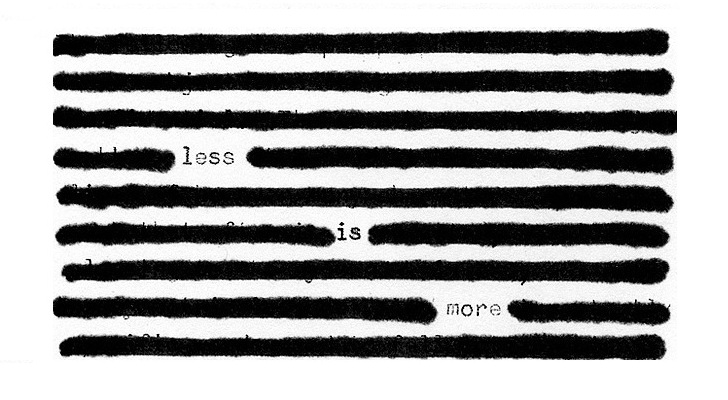Here's the public one, which was posted by Paula McMahon from the Sun-Sentinel.
She writes:
Federal prosecutors filed two versions of their response in federal court in Fort Lauderdale late Wednesday. The unclassified, publicly filed version was 21 pages long and included several lines that stated "CLASSIFIED INFORMATION REDACTED."If the government does not have the data, then so be it. But 20 pages seems like a lot of words to say we don't have it. I found the argument heading on page 17 interesting: "Neither Brady nor Rule 16 permit the defendant to conduct a fishing expedition of highly classified NSA Data."
Prosecutors filed a longer, classified version of their response with supporting information under seal with U.S. District Judge Robin Rosenbaum — so even the defense attorneys cannot see it — saying the judge would need additional information to make her ruling.
Prosecutors claimed in court records that the secretive NSA program did not capture "information about where a cellular telephone was geographically located at the time a call was made."
"Thus, the government does not possess the records the defendant seeks," they wrote.
The defense will have an opportunity to respond before the judge issues her ruling, which the prosecution asked should be sealed if it contains any classified information.

